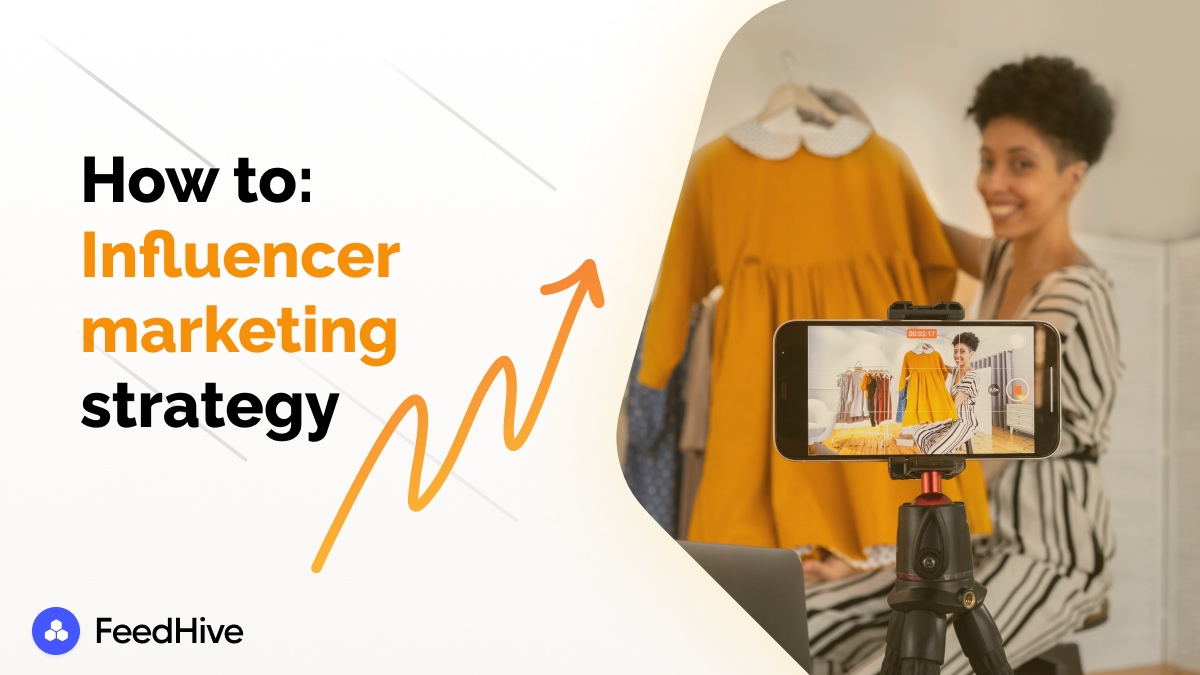
Did you know that about 33% of marketers have relied on influencer marketing for over three years? The reason behind this growing trend is clear enough. It happened because influencer marketing represents a relatively new and rapidly expanding branch compared to traditional marketing avenues like social media or video marketing.
Gone are the days when influencing consumer opinions were limited to A-list celebrities. Today, anyone can become an influencer. And It has become nearly impossible to scroll through any social platform without witnessing the impact of social media influencer marketing.
As a business owner, crafting a dedicated influencer marketing plan is paramount to capturing the attention of your target audience. It enhances brand awareness, boosts purchase consideration, and attracts new customers. The statistics speak for themselves – businesses that embrace influencer marketing for publicity earn a remarkable $5.2 for every dollar invested.
So, if you're a brand owner and want to have the same results, we have a treasure for you. This article has compiled a complete value pack influencer marketing guide and strategies. You'll learn every detail about this ever-growing phenomenon below.
Influencer marketing is a type of online marketing where businesses team up with popular social media figures to promote their brand's products. These influencers have a huge following, and their followers trust their recommendations blindly. That's why their followers often perceive their opinions as credible and authentic when they talk about any brand, product, or service. As a result, this synergistic partnership contributes substantially to amplifying brand visibility.
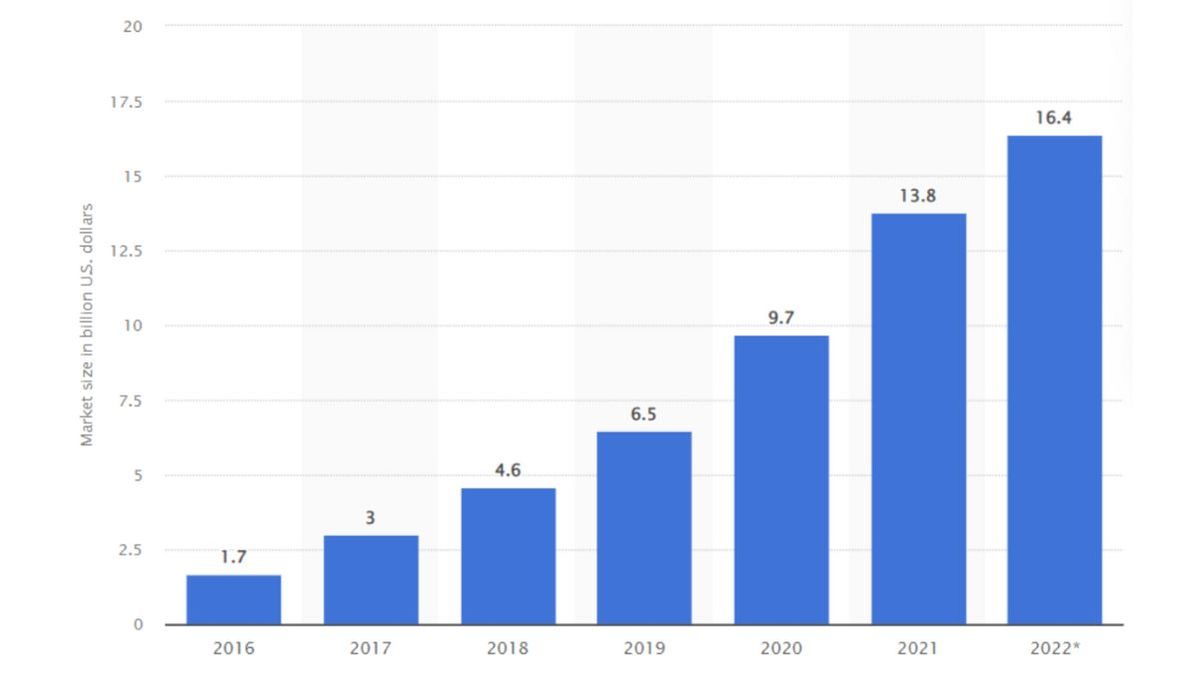
For instance, Imagine you're a shoe brand looking to increase brand exposure and generate exponential sales. You have to collaborate with influencers with a strong presence in the fashion and lifestyle niche. These influencers will showcase your shoes through creative and engaging content, such as outfit inspiration posts or honest product reviews.
As a result, their devoted followers will develop a deep admiration for their style recommendations and buy the same shoe for themselves. That's how it works, but remember that the success of a social media influencer marketingcampaign depends on the type of influencers. And that's why we have mentioned all types of influencers below so that you can choose what suits your brand.
Regarding influencer strategy, many businesses mistakenly believe that only influencers with a massive following are worth approaching. They assume only these influencers can effectively convey their brand message to a large group. However, this is one of the biggest misconceptions in influencer marketing.
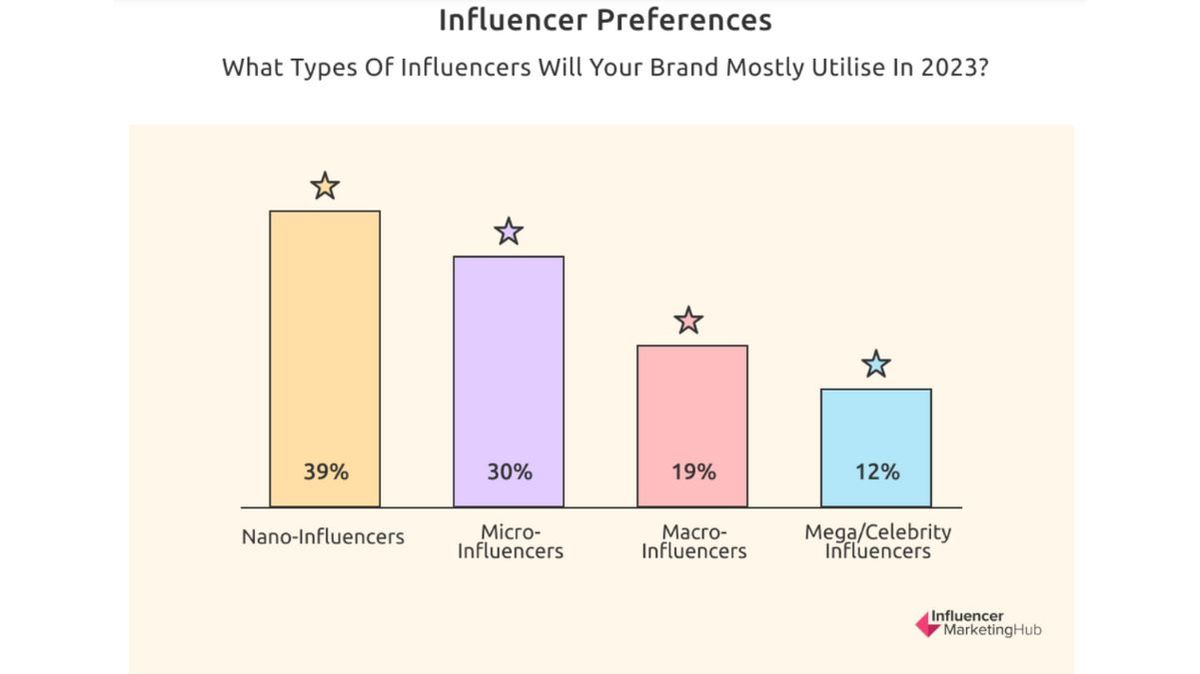
Sometimes, an influencer with a relatively low following, like 15,000, can drive crazy engagement. Therefore, it is crucial to understand what type of influencer suits your brand, aligning with your target audience. So, let's explore some major types of influencers:
Mega-influencers, as the name implies, have millions of followers across big social media platforms like Instagram and YouTube. These influential individuals often include celebrities, musicians, athletes, or well-known public figures who have garnered significant fame. Their content can reach millions of people, making them valuable for brand exposure and awareness campaigns.
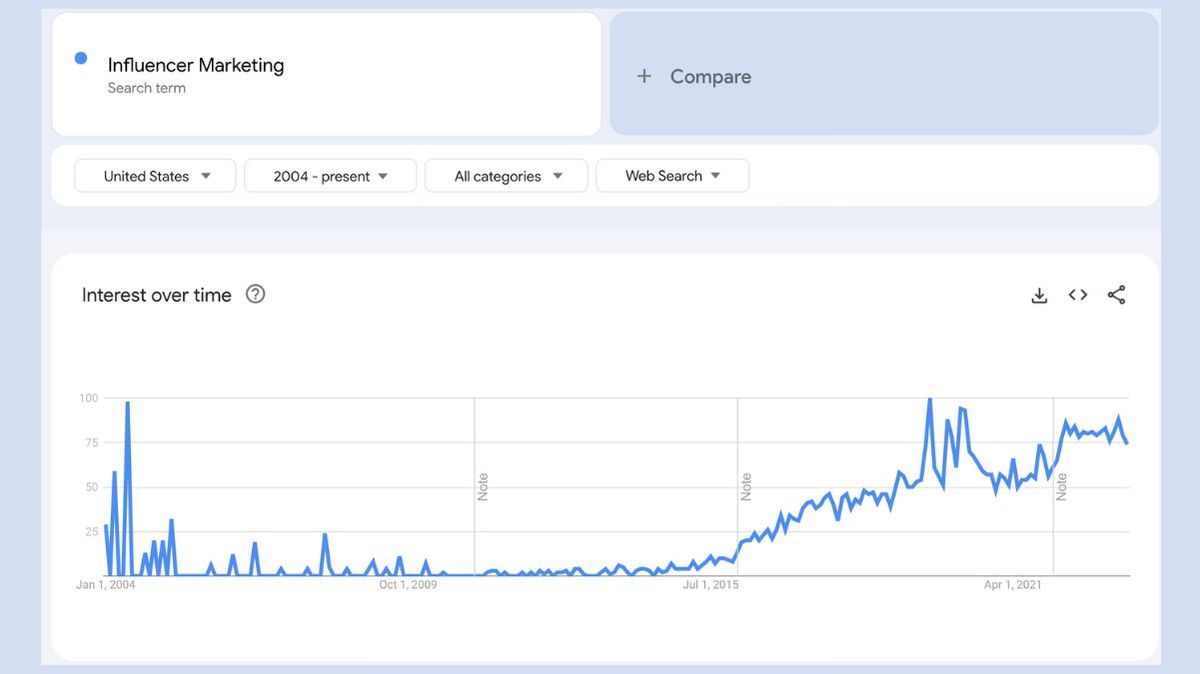
When they endorse a brand or product, their message carries weight and is perceived as trustworthy. Mega-influencers often engage in partnerships and endorsements with well-established brands. Their association with renowned brands enhances their credibility, influencing their followers' perceptions and purchasing decisions.
These collaborations can range from sponsored content to brand ambassadorships and event appearances. While they have a wide reach and extensive influence, their collaborations can be costly. But unfortunately, recent studies have revealed that influencers with a follower count surpassing 10 million may not necessarily yield a substantial impact, as their engagement rate is a mere 1.6 percent. And it happens because, due to a large following, these celebrities are not connected with their audience and miss the impact.
Micro-influencers typically have a social media following of 1,000 to 100,000 people. They focus more on specific niches such as beauty, fitness, travel, or food. And that's why their specialization makes them worth trusting within their niche. Micro-influencers are known for their authenticity and genuine connection with their followers. They often have a more personal and relatable approach, engaging in meaningful conversations and building strong relationships with their audience.
Their recommendations and endorsements are perceived as more trustworthy and credible, as their followers see them as peers rather than distant celebrities. Despite having a smaller following than mega-influencers, micro-influencers often have a higher engagement rate. Because micro-influencers often have a strong local presence and influence within specific geographic areas. Their recommendations can heavily impact the purchasing decisions of their followers within their city, town, or region.
This helps small businesses or brands to conduct geographically targeted campaigns. Moreover, micro-influencers excel at word-of-mouth marketing. Their close-knit community of followers tends to trust them and actively share their content, further expanding the reach of the brand's message. That’s why influencer marketing works best for any brand.
At the mid-tier level, content creators are typically professional influencers who have established themselves in the influencer industry. They have gained experience through multiple brand collaborations, sponsored posts, and affiliate marketing partnerships, often serving as their primary income source. Mid-tier influencers are called so because they fall in the middle range of 100,000 to 1 million followers count. They have typically built their following from the ground up, demonstrating qualities such as resourcefulness, patience, and attention, which brands value in potential partners.
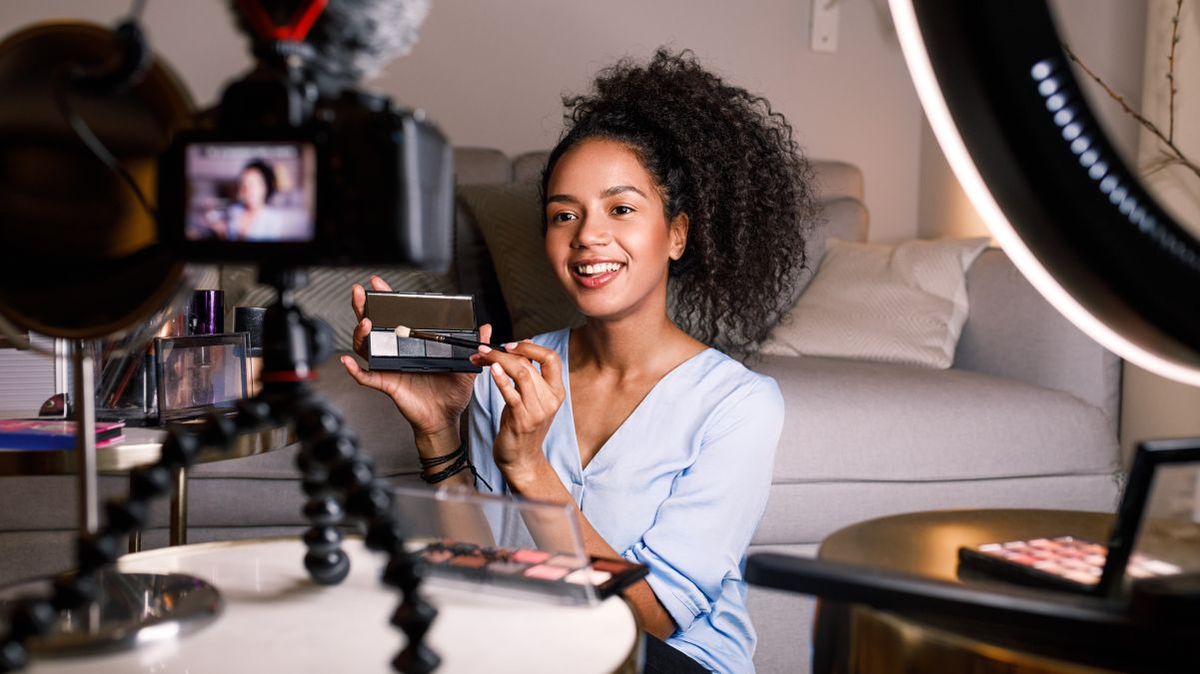
For brands, partnering with a niche mid-tier influencer who exhibits exceptional follower engagement is ideal. While collaborating with mega-influencers like Kylie Jenner or Beyoncé may be a dream for many brands due to their massive reach, the associated costs can often exceed the annual marketing budget without guaranteed results. In contrast, working with a mid-tier influencer is a more cost-effective solution.
By working with mid-tier influencers, brands can reach tens of thousands of followers while spending only a fraction of the price, resulting in significant cost savings. One of the best examples of mid-tier influencers is Nick Neves, known as @dad_beets on Instagram, who has gathered 63.4k followers. He aims to inspire his audience to explore the kitchen and experiment with cooking. The authenticity and credibility he brings to his recommendations lead to his followers trusting his promotions and making purchases based on his influence.
Macro influencers, with a community size of 10,000 to 1 million followers on a single social platform, are specialists in their respective fields who have brought their expertise to social media. They attract followers through their informative and high-quality content. Examples of macro-influencers include professional photographers, artists, hair stylists, entrepreneurs, and makeup artists. These influencers have extensive experience in collaborations and understanding the balance between creativity and business.
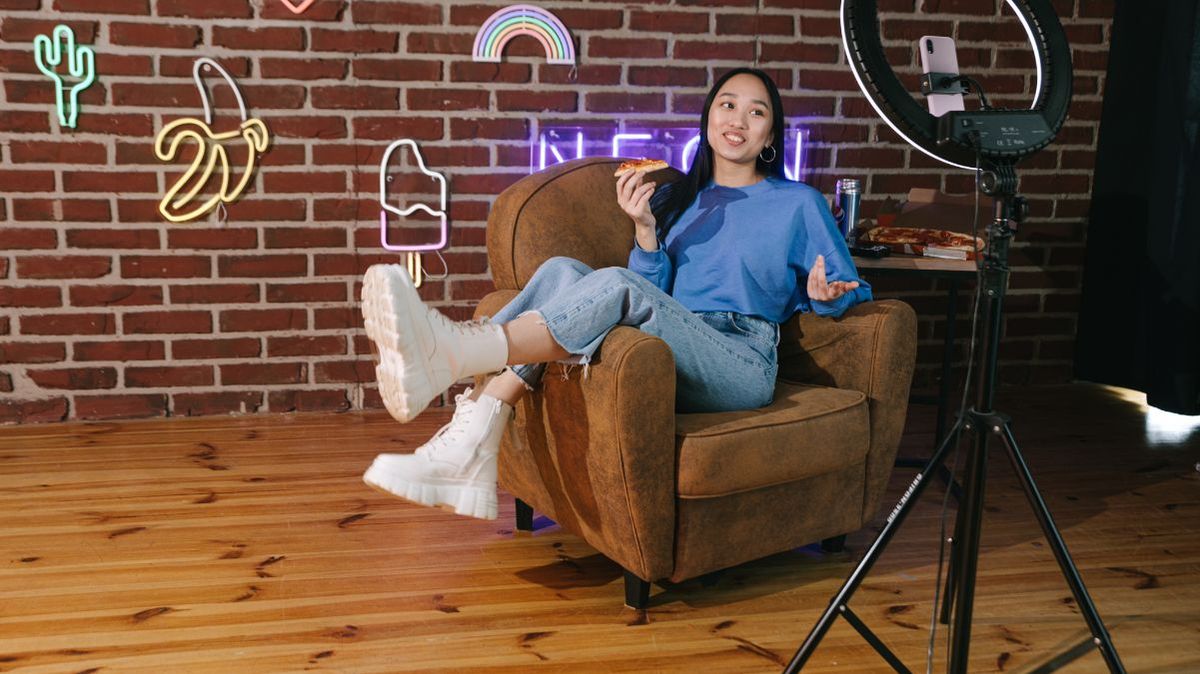
They also require less research time and pose fewer risks, as their previous collaborations are well-documented. Moreover, macro-influencers bring fresh and creative visual concepts to collaborations, resulting in captivating images and videos that generate instant buzz. Their popularity and business acumen make them highly sought-after for marketing projects with prestigious brands, extending their influence beyond the digital realm.
For instance, Abby, a macro-influencer nearing mega-influencer status with 1 million followers, is a prominent figure on social media. Starting on TikTok with her husband, she has expanded her reach on Instagram and a family YouTube channel. With a total following surpassing 9 million, Abby captivates her audience through motherhood videos, brand collaborations, and podcast snippets. Her increasing influence and engagement make her an attractive option for brands aiming to connect with a vast and diverse audience.
Nano-influencers are everyday social media users with a modest following of 100 to 10,000 followers. They aren't professional influencers, so they often receive little to no payment for their posts. Instead, they may receive free products or services in exchange for sharing their genuine opinions on social media. Nano-influencers hold a significant influence because their audiences consist of close friends and family, with the greatest impact on purchase decisions.
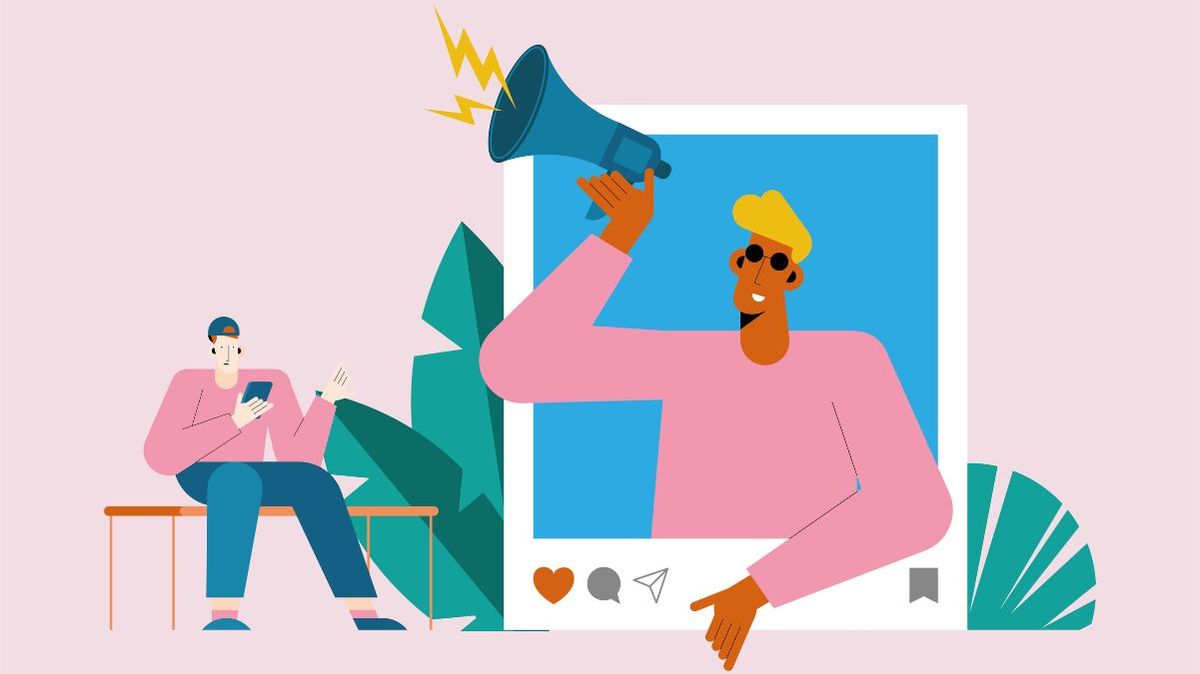
When nano-influencers recommend a product or service, it is perceived as authentic and trustworthy. Brands find value in working with nano-influencers because they can engage a larger number of them within the same budget as traditional influencers. This allows for wider product or brand awareness.
Nano-influencers are most suitable for brands with easily shippable and affordable products that prioritize increasing awareness. However, brands with high-end or specialized products, strict photo standards, or highly curated aesthetics may not find nano-influencers as compatible.
In 2023, the influencer marketing industry reached a staggering $21.1 billion and continued to grow exponentially. These remarkable statistics serve as an inspiration for those who are eager to embark on their first influencer marketing campaign. If you find yourself among them, you might ask, "How to build an influencer marketing strategy?"
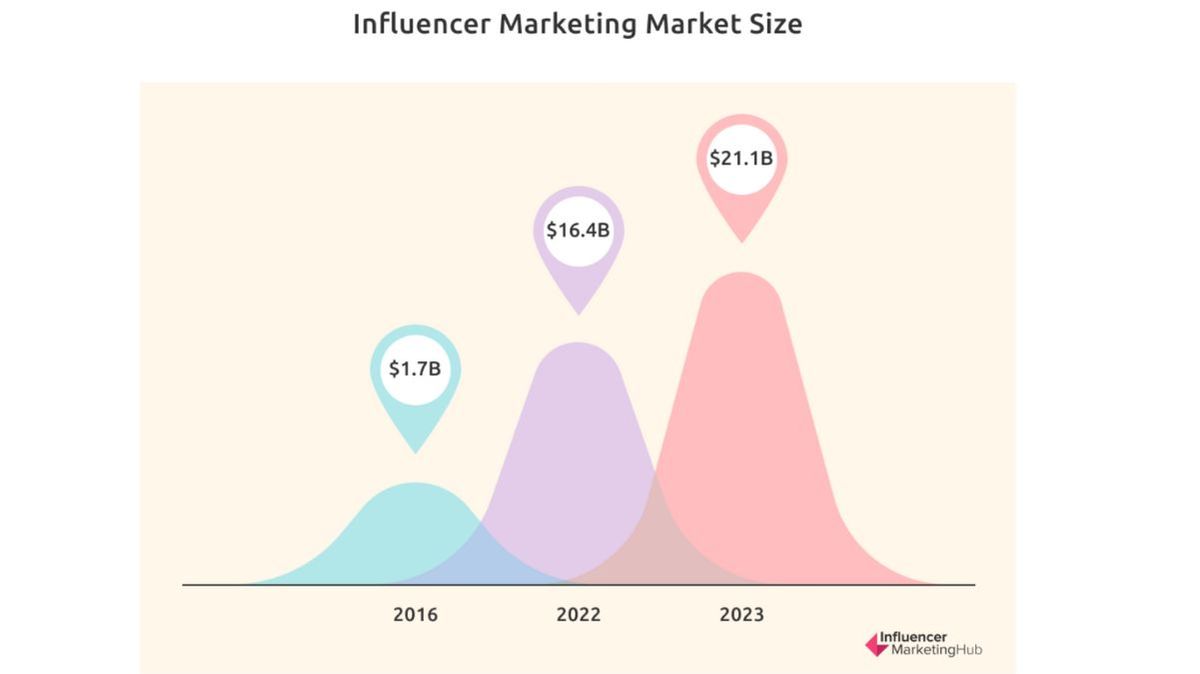
To provide complete guidance about this, we have compiled a list of five types of influencer marketing campaigns with examples so that you can understand these campaign types and establish a solid foundation before launching your first influencer marketing initiative.
Sponsored posts are a popular influencer marketing campaign type where brands sponsor influencers to create promotional content. The brand provides guidelines and themes, allowing influencers to showcase their products or services to engaged audiences. By collaborating with influential individuals across various social media channels, brands can continuously promote their image.
In exchange, influencers may receive payment or free/discounted products. For instance, fashion blogger Lisa Ziegii (@lisa_ziegii) partnered with Ideal of Sweden, sharing a discount code with her followers in a sponsored Instagram post.
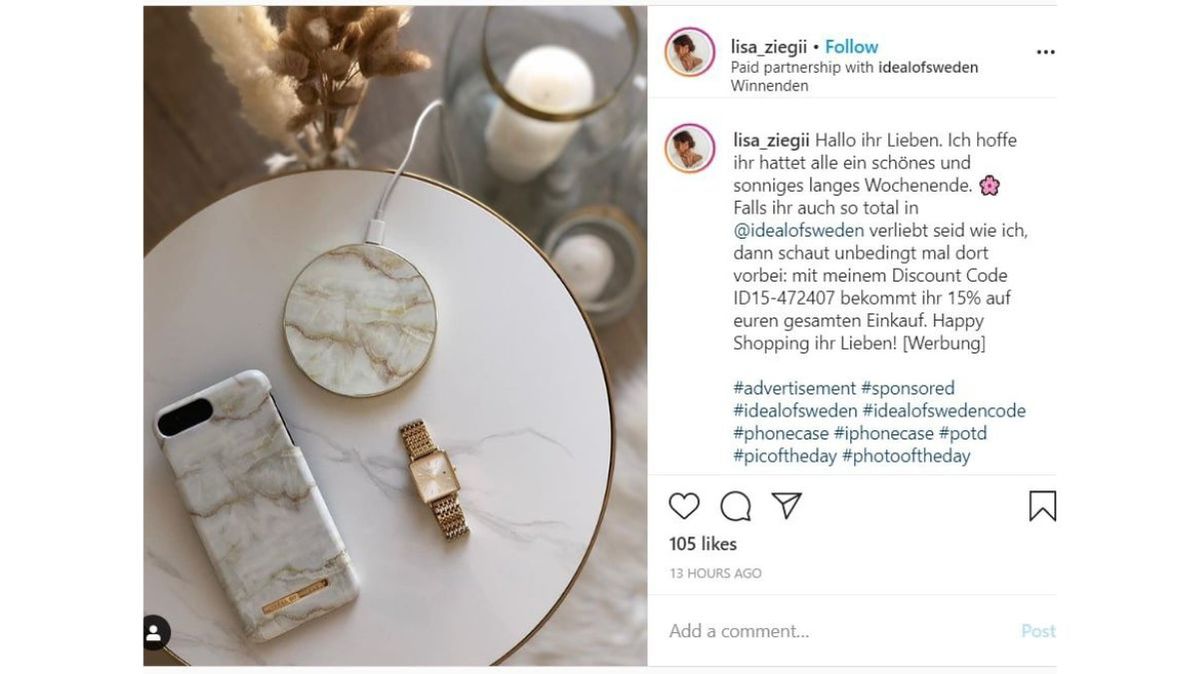
Brand ambassadors are influential individuals who share content for a brand regularly, serving as the "face" of the brand. They often have long-term partnerships lasting several months or more. Brand ambassadors can be compensated through direct payment, product rewards, or other benefits like affiliate marketing.
By promoting the brand through social media channels, ambassadors help increase brand awareness and showcase product versatility. The audience trusts and stays loyal to brand ambassadors, fostering a reliable and authentic relationship. For instance, actress Emma Stone recently became the brand ambassador for Louis Vuitton's new perfume line, representing the luxury fashion house.
Giveaway campaigns are also popular influencer marketing campaigns offering mutual benefits for brands and influencers. Influencers are provided with a product or service to give away to their followers, generating guaranteed growth in terms of follows, shares, retweets, and comments.
The opportunity to win free products attracts potential customers and can lead to additional sales even for those who don't win. For example, wedding photographer Mallory Sparkles organized a giveaway on Instagram, offering mini beach photo shoots to participants who followed, tagged a friend, and shared the post to their stories.
Around 86% marketers use affiliate marketing for collaborating with multiple influencers, even with a limited budget. It allows them to offer influencers a unique promotion code or link to share with their followers, earning them a commission on any resulting sales.
This approach enables brands to reach a wide audience and drive sales. For instance, if you have an e-commerce brand, you can provide 12 influencers with unique promotion codes to share with their fans, generating sales and commissions for both parties.
Guest blogging allows you to collaborate with influencers who have their blogs or accept guest posts. This campaign involves two approaches: submitting guest posts to relevant blogs in your industry or accepting guest blog entries on your site. Guest blogging helps enhance brand awareness and drive traffic to the influencers' blogs and your site.
It also boosts your company's authority and reputation, attracting new fans and potential customers. For instance, Michael Alexis wrote a guest post on Problogger, discussing Ramit Sethi's process for developing and selling million-dollar products online. The post received positive comments and brought many followers to the website, reaffirming its value through high-quality content from qualified individuals.
As we have told you, influencer marketing has become a go-to brand strategy in today's digital world. But it's not without reason. Statistics show that 50% of Millennials trust product recommendations from influencers compared to only 38% who consider celebrities' recommendations.
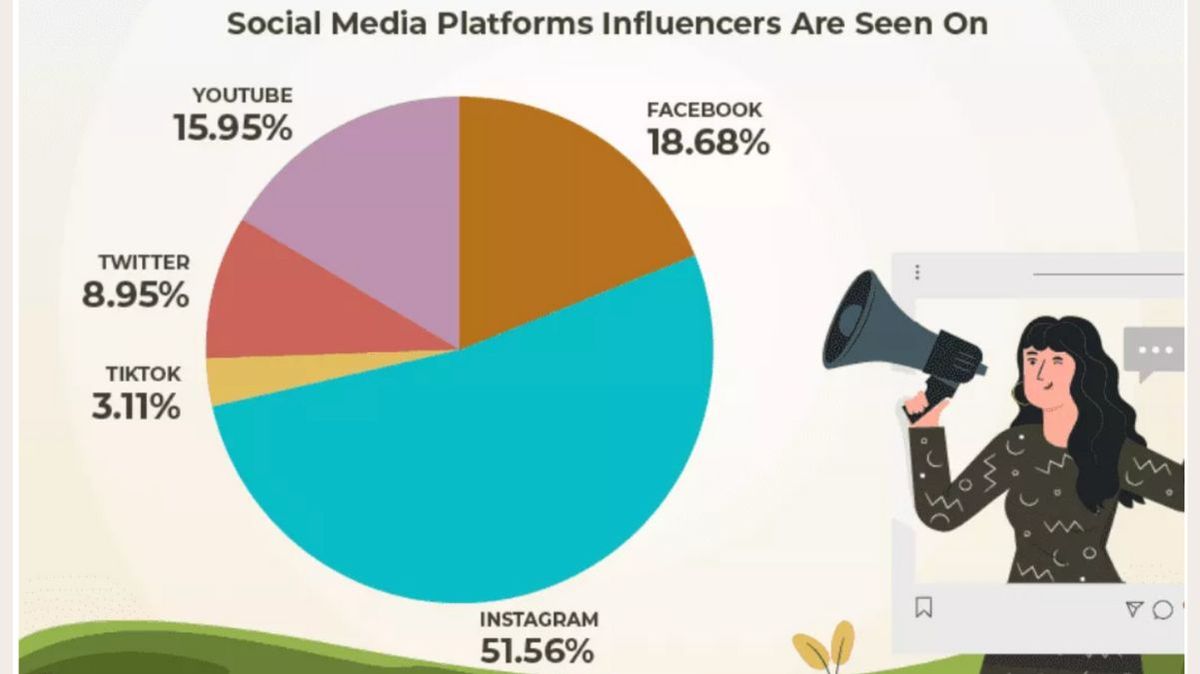
The power and effectiveness of influencer marketing are clear. This shift in consumer behavior is driving brands to harness the benefits of influencer marketing. If you also want to experience influencers' marketing strategy but confuse a little, then look below, where we explore some of the key benefits of influencer marketing.
Increased brand awareness is a significant benefit of influencer marketing, serving as the first step in the marketing funnel. It paves the way for further engagement and sales. Unlike traditional ads that are often tuned out, influencer content feels more authentic and relatable. And that's why 63% of Americans claim to follow brands that feature in any influencer's content. By partnering with the right influencers who share your target audience, your brand can capture the attention of potential customers who are more inclined to pay attention.
Influencer marketing has an engaging and non-intrusive nature. Rather than interrupting consumers with unwanted paid ads, your brand seamlessly integrates into the content they are already consuming. This visibility allows your brand to make a positive impression without disrupting the user experience, increasing the chances of brand recall and recognition.
In a world where customers are highly sceptical of traditional merchandising, influencer marketing offers a refreshing approach that emphasizes authenticity and fosters trust. This benefit is particularly valuable for all those emerging brands looking to enter new markets or solidify their position as industry leaders.
Businesses can significantly enhance their trustworthiness and credibility by collaborating with respected influencers with a devoted following. Because when an influencer promotes a brand or product, their audience is more likely to perceive it as trustworthy and credible. Their followers trust their opinions and recommendations, considering them reliable sources of information. This, in turn, strengthens their reputation and boosts the chances of long-term customer loyalty.
Influencers often create unique and creative content that captures their audience's attention. Their expertise in creating captivating posts, videos, or stories helps generate excitement and interest, leading to higher engagement rates. Because influencers tend to deeply understand their audience's preferences, it enables them to craft content that resonates and sparks meaningful conversations.
This approach results in higher engagement as followers perceive the content as valuable recommendations from a trusted source rather than blatant advertisements. The higher engagement rates achieved through influencer marketing can lead to a range of beneficial results for businesses, including increased brand visibility, improved brand sentiment, and higher conversion rates.
Influencers tend to incorporate calls to action in their content, they encourage their audience to take specific actions, such as visiting the brand's Shopify store, clicking on affiliate links, or using unique discounts or promo codes. They are well-versed in igniting the sense of urgency and exclusivity that can drive immediate traffic and sales of the business.
But it all requires partnering with influencers with a large, engaging audience that aligns with your brand's voice and vision. And thus, the brand can gain exposure to potential customers who may have been unaware of its offerings. This exposure can lead to increased website visits, conversions, and sales.
Influencer marketing presents a cost-effective alternative to traditional advertising channels. It offers businesses an opportunity to maximize their marketing budget. Influencers typically charge more affordable fees, especially for businesses operating on a limited budget. Moreover, influencer marketing offers a targeted and personalized approach, allowing businesses to reach their specific audience more effectively.
Influencers and their followers often create content featuring the brand, which the business can share and repurpose without incurring additional costs. Businesses can collaborate with micro-influencers with smaller but highly engaged audiences, allowing for more affordable partnerships while still driving meaningful results. Another cost-saving aspect of influencer marketing is its ability to (UGC) generate user-generated content (Stay tuned for detailed insights in the next section).
Now that you have learned about all the basics of influencer marketing, it's time to delve into the heart of building an influencer strategy. First, understand this; influencer marketing is not as easy as just copying your competitors or hiring any random influencer.
There's a whole science behind it, and we're here to break it down for you clearly and understandably. Below, we will present a step-by-step process and influencer marketing tips to enable you to create a successful influencer strategy.
So kickstart your influencer strategy with the first crucial step: setting clear goals. Just like when you decide to go on a journey, you must have a destination in mind before starting. Similarly, before diving into influencer marketing, you have to decide what you want to achieve.
Is it boosting brand awareness, driving sales, or expanding your reach to a new audience? By defining your goals upfront, you can chart a path that aligns with your brand's aspirations. To simplify this process, we present the "FAMM" formula that encapsulates the key elements of goal-setting:
When crafting your influencer marketing strategy, it is vital to pinpoint and understand your target audience. By properly segmenting and identifying your audience, you can enhance your campaign's effectiveness and overall success. Defining your target personas or ideal buyers allows you to identify the best audiences with your marketing goals.
You can also take inspiration from Tinder's approach, which catered to their target audience of 18-25-year-olds by collaborating with influencers in that age bracket. Consider these points while identifying your audience,
You can’t collaborate with any random influencer. Before choosing one, you have to do deep and thorough research. A well-matched influencer will understand your audience and have a genuine connection to your brand and the content you're promoting.
For instance, if you're promoting supplements, collaborating with influencers with a strong focus on health and fitness is more likely to yield positive results than those primarily interested in fashion.
One effective way to discover influencers in your niche is by utilizing hashtags on social media platforms. For example, a simple search for #fitness on Instagram yields over 1 million posts from various fitness influencers. To simplify finding these influencers, you can leverage tools like FeedHive. With its advanced search capabilities; you can easily discover influencers using accurate hashtags.